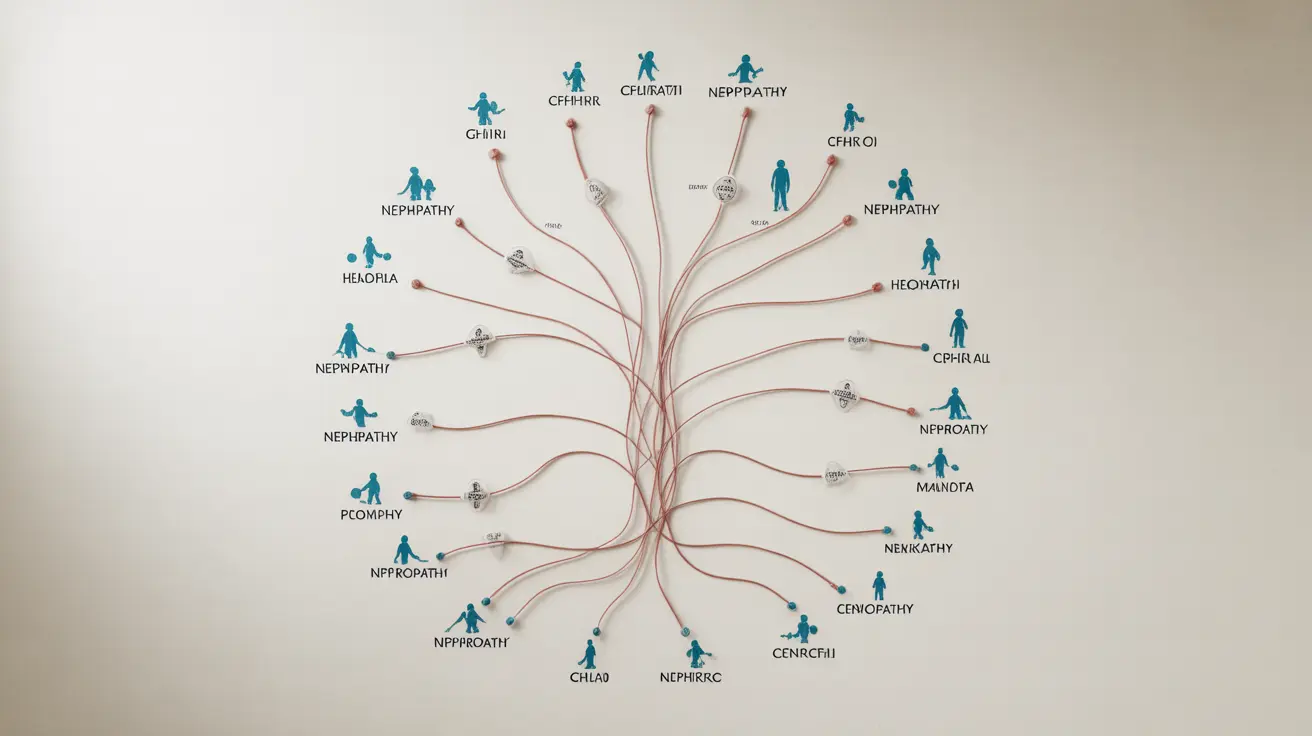When it comes to dental health, most of us are familiar with the common cavity that forms on the visible surface of our teeth. However, there's another type of tooth decay that often goes unnoticed until it becomes more serious: the interproximal cavity. These cavities form between teeth, making them harder to detect and potentially more challenging to treat. In this article, we'll explore what interproximal cavities are, how they're diagnosed and treated, and most importantly, how you can prevent them from developing in the first place.
What Is an Interproximal Cavity?
An interproximal cavity, also known as a cavity between teeth, is a form of tooth decay that occurs on the sides of teeth where they touch each other. These areas are often difficult to clean effectively with regular brushing, making them prime spots for plaque buildup and subsequent decay. Because they're hidden from plain sight, interproximal cavities can progress unnoticed for some time, potentially leading to more extensive damage if left untreated.
Symptoms and Detection of Interproximal Cavities
Detecting an interproximal cavity early can be challenging, as they often don't cause noticeable symptoms until they've progressed significantly. However, some signs may indicate the presence of decay between your teeth:
- Pain or sensitivity when eating sweet, hot, or cold foods
- Discomfort when biting down or chewing
- A visible dark spot on the side of a tooth (in advanced cases)
- Food frequently getting stuck between certain teeth
Dentists typically detect interproximal cavities through a combination of visual examination and diagnostic tools. X-rays are particularly crucial in identifying these hidden cavities, as they can reveal decay between teeth that isn't visible to the naked eye. During your regular dental check-ups, your dentist will carefully examine these areas to catch any developing issues early.
Treatment Options for Interproximal Cavities
The treatment for an interproximal cavity depends on its severity. Here are some common approaches:
Early-Stage Treatment
If caught early, when the decay is still confined to the enamel, your dentist might recommend:
- Fluoride treatments to help remineralize the enamel
- Improved oral hygiene practices to prevent further decay
Moderate Decay Treatment
For cavities that have progressed beyond the enamel but haven't reached the pulp:
- Fillings are the most common treatment, where the decayed material is removed and replaced with a dental filling
- Inlays or onlays might be used for larger areas of decay
Advanced Decay Treatment
In cases where the decay has reached the pulp or caused significant damage:
- Root canal therapy may be necessary to save the tooth
- In extreme cases, tooth extraction might be required if the tooth cannot be saved
Preventing Interproximal Cavities
Prevention is always better than cure, especially when it comes to dental health. Here are some effective strategies to prevent interproximal cavities:
- Proper Brushing Technique: Use a soft-bristled toothbrush and fluoride toothpaste, brushing at a 45-degree angle to the gums to clean the sides of your teeth effectively.
- Regular Flossing: Floss at least once daily to remove plaque and food particles from between your teeth.
- Use of Interdental Cleaners: Consider using interdental brushes or water flossers for more thorough cleaning between teeth.
- Fluoride Mouthwash: Rinse with a fluoride mouthwash to help strengthen your tooth enamel.
- Balanced Diet: Limit sugary and acidic foods and drinks, which can contribute to tooth decay.
- Regular Dental Check-ups: Visit your dentist every six months for professional cleanings and examinations.
The Importance of Professional Dental Care
While good home care is crucial, professional dental visits play a vital role in preventing and detecting interproximal cavities. Regular check-ups allow your dentist to:
- Perform thorough cleanings, removing plaque and tartar you might miss at home
- Take X-rays to detect early signs of interproximal decay
- Apply preventive treatments like fluoride varnishes or dental sealants
- Provide personalized advice on improving your oral hygiene routine
Frequently Asked Questions
- What are the typical symptoms of an interproximal cavity, and how is it usually detected?
Typical symptoms of an interproximal cavity include pain or sensitivity when eating sweet, hot, or cold foods, discomfort when biting or chewing, and food frequently getting stuck between teeth. However, many interproximal cavities don't cause noticeable symptoms in their early stages. They are usually detected through dental X-rays and professional examinations during regular check-ups.
- How do dentists typically treat interproximal cavities, and what are the different options depending on severity?
Treatment options vary based on the cavity's severity. For early-stage cavities, fluoride treatments may be used to remineralize the enamel. Moderate decay typically requires fillings, where the decayed material is removed and replaced with a dental filling material. In more advanced cases, treatments might include inlays, onlays, root canal therapy, or, in extreme cases, tooth extraction if the tooth cannot be saved.
- What are some effective ways to prevent interproximal cavities from forming in the first place?
Effective prevention strategies include proper brushing technique using fluoride toothpaste, daily flossing, using interdental cleaners or water flossers, rinsing with fluoride mouthwash, maintaining a balanced diet low in sugary and acidic foods, and attending regular dental check-ups for professional cleanings and examinations.
- Can interproximal cavities be reversed or treated at home, or do they always require professional dental care?
Very early-stage interproximal cavities that are limited to the enamel may potentially be reversed through improved oral hygiene and fluoride treatments. However, once the decay progresses beyond the enamel, professional dental care is always required. It's crucial to have regular dental check-ups to catch and treat these cavities early, as home care alone is not sufficient for treating established cavities.
- How often should I visit the dentist to ensure early detection and treatment of interproximal cavities?
It's generally recommended to visit the dentist every six months for regular check-ups and professional cleanings. This frequency allows for early detection of interproximal cavities through visual examinations and X-rays. However, your dentist may recommend more frequent visits if you have a higher risk of dental problems or a history of rapid cavity development.




